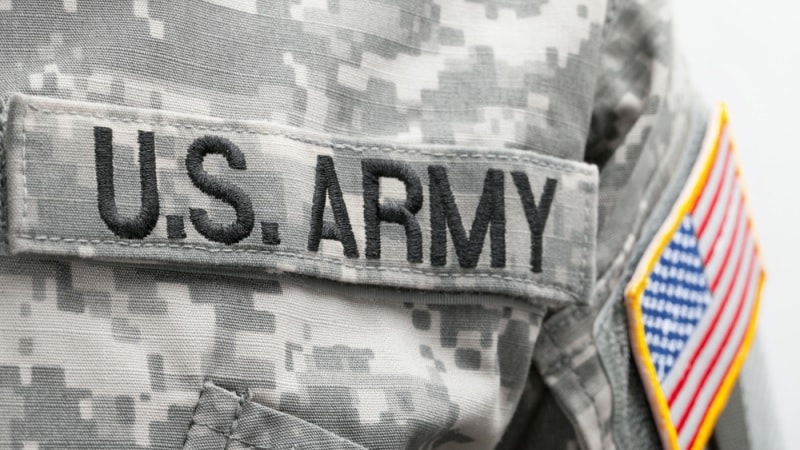
As the U.S. Army embarks on its broad modernization efforts the service branch is facing a complex challenge: navigating amidst two distinct realities.
On one hand, the Army currently is anchored to legacy systems in use for developing missions. On the other, there is an urgent need to embrace rapid modernization to meet evolving threats and operational demands.
During day two of AUSA 20204 hosted by Defense News, some Army leaders stressed how the service’s dual reality requires the Army to think differently about how it integrates new capabilities while maintaining the reliability of existing infrastructure.
“We find ourselves living in two worlds trying to sustain older software and making sure they’re ready for the site that we have … and then we’re modernizing as quickly as we can, working through budgets and prioritization,” said Brig. Gen. Robert Mikesh Jr, the Army’s deputy program executive officer for Enterprise.
Mikesh further explained that in this dual reality, “obsolescence becomes one of the biggest gaps” the service branch must figure out how to manage. He explained that aging systems – sometimes 20 to 30 years old – “drive our tech data … our engineering data.”
“So, when we start thinking about finding a diminishing source and trying to replace it with another one, we’re basing it off that same engineering data, and times have changed. Are there other ways to look at those components and parts and bring them into a modern, more contemporary opportunity that’s just as safe, just as reliable, but easier and more expeditious to manufacture,” Mikesh said.
Richard Martin, the Army’s assistant deputy chief of staff for Supply Chain Management, concurred with Mikesh and further explained that the Army’s current methodology of “just in time” for bringing new capabilities is not an ideal way to tackle its obsolescence challenge.
Martin explained that the service branch must “think differently about the supplies that it may not need today but might need tomorrow.”
“So how do we think differently about what we forecast, how we get it to and store it, or stock it somewhere that we have access to when we need and so those are some of the things that we’re wrestling with to try to mitigate where some of these obsolescence issues are,” Martin explained.
